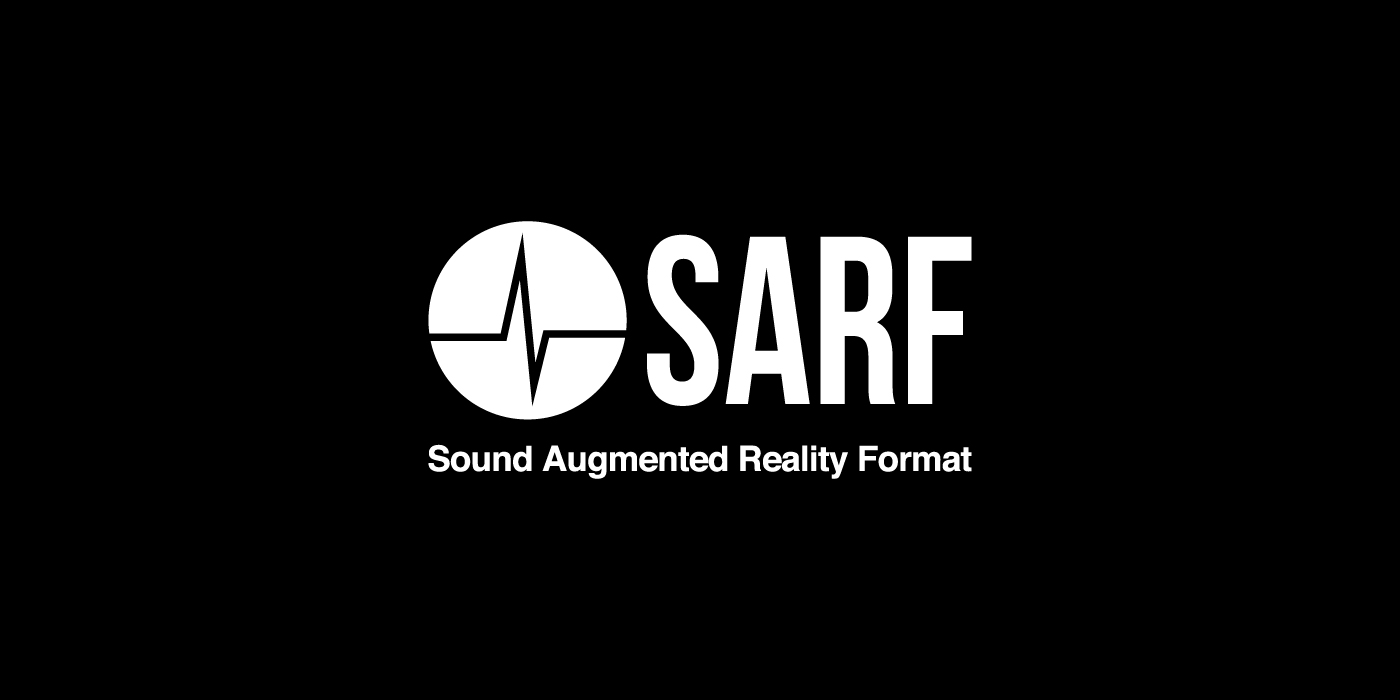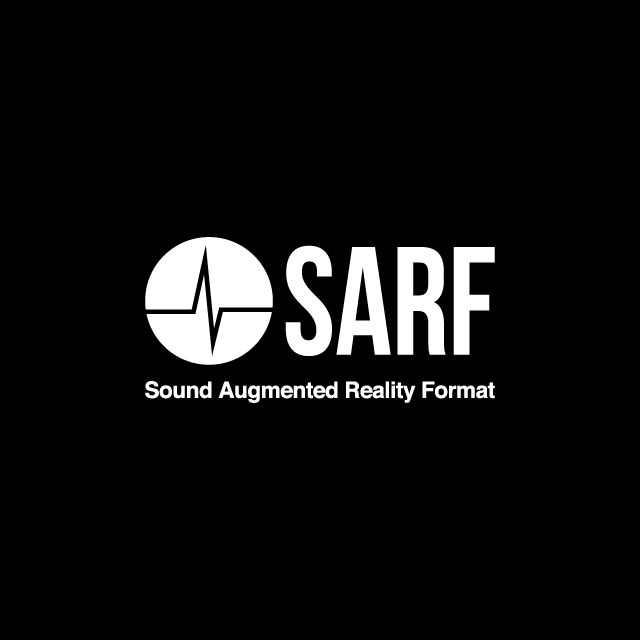In May 2018, Avex Entertainment launched a new business, Sound Augmented Reality Format (SARF), which aims to create new ways of enjoying music and new experiences via audio and AR.
SARF's augmented reality is, so to speak, like releasing museum audio guidance out into the city. The system offers a new form enjoyment. When you enter certain spots linked to GPS coordinates with the SARF app open, voice content that can only be heard there starts to play, and the physical scenery seen before the listner takes on a completely different feeling.
The market size of XR—a generic term standing for “cross reality” or “extended reality,” encompassing both AR and VR—is expected to expand. To learn more about the potential and possibilities of AR based entertainment, we sat down with Hirokazu Watanabe, Toshiki Suga, and Taishi Yamashita, from the Business Creation Unit at the Business Alliance Headquarters, which has accumulated an impressive three-year track record with SARF. According to them, SARF is a platform that extends human imagination—one that only Avex can make possible.
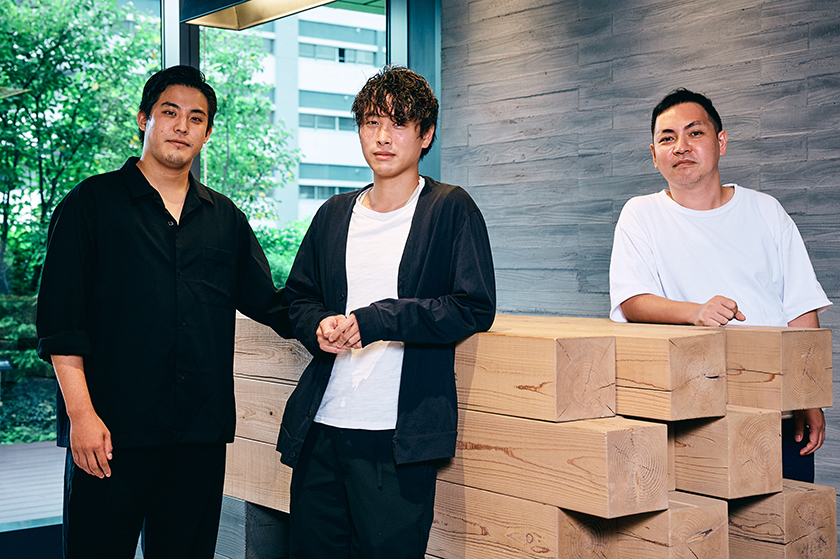
The image of the individual.
Increasing content immersion
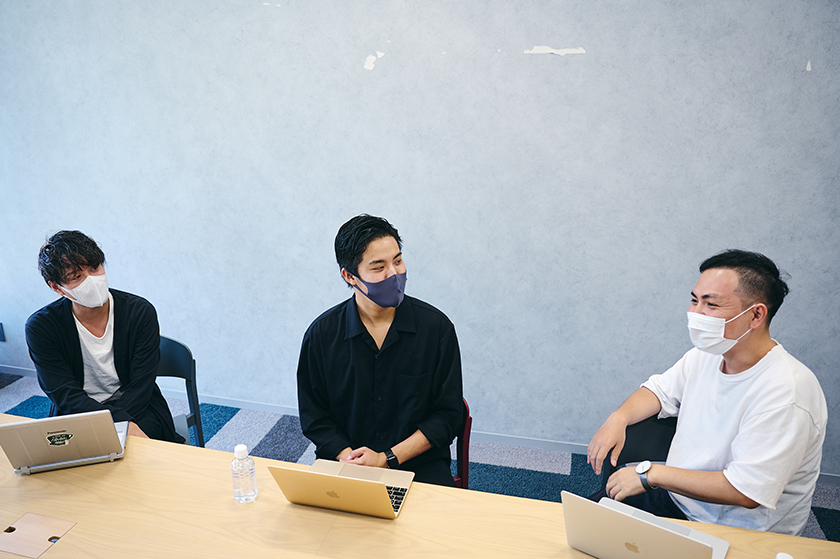
Watanabe "There are constant new discoveries with SARF. For example, there is one content set in Shibuya that travels back in time to the primitive age using sound. I asked some kids who were trying it out what color they thought the pteranodon they heard was. One child said yellow, while another said green. The same went for another horror themed piece of content. They each heard the same sound of a monster chasing them from behind, but their experiences were all different. One said it was a woman with long hair. One said a small creature with 100 eyes."
So in other words, being only audio removes all restrictions to the image one perceives?
Watanabe "Audio AR has the power to return perceived images that tend to be restricted by visuals, back to the imagination of individual. The individual is able imagine freely, so it's only naturally that the content becomes highly immersive."
Case 1:
WAKAYAMA SOUNDSCAPE
- Returning stories rooted in the land to the land -
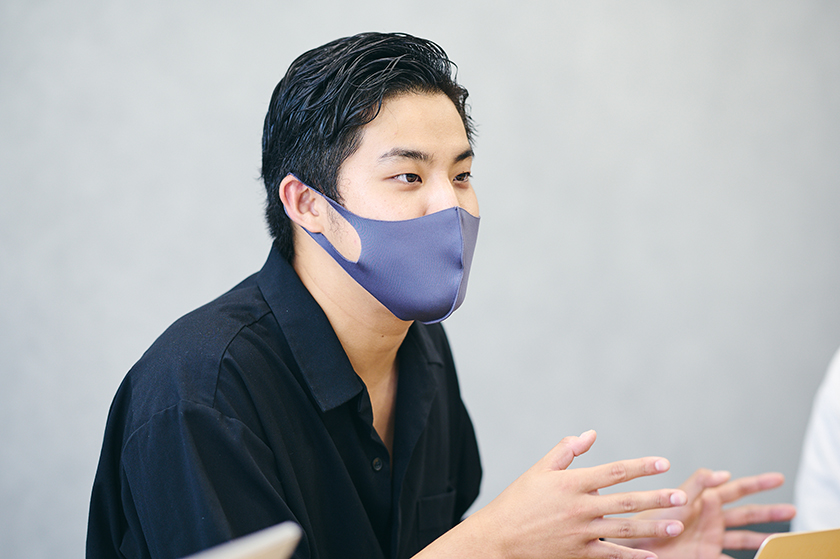
SARF, which went on to give the world of sound various discoveries, was launched in app form at the end of last year, and full-scale operation began in 2021. Now let's introduce the specific features of SARF from some of the most recent cases. First, Yamashita spoke about an initiative related to the content creation of audio AR. He was in charge of the project "Kagutsuchi no Uta", a musical that began streaming on March 12, into which he poured an immense amount of passion.

Yamashita "At the tip of Kii Peninsula, there is a crater with many strange looking rocks formed by an eruption. Latest researches revealed that it was a major eruption that also caused a mass extinction nearly 14 million years ago. One of the rocks was enshrined as the fire god Kaguchi Nomikoto at Hananoiwaya Shrine in Kumano City, Mie Prefecture, which is considered to be the oldest shrine in Japan. This place is deeply connected to Japanese mythology as recorded in the Nihon Shoki and Kojiki in the 700s. But why were the people of that time able to connect the great rock with the god of fire? This phenomenon led us to create "Kagutsuchi no Uta." This story includes the question "what if another massive eruption happened in the near future?" The design of the main character was created by the late Taka Saito-sensei from Wakayama Prefecture, who just recently passed away."
Yamashita's main efforts were to collect the core historical stories and anecdotes to base the script on from local curators and tourist guides, and to place pilgrimage-style audio AR at real places related to the musical.
Watanabe "In particular, this initiative with Wakayama has become a project that shows the inevitable affinity between local governments and SARF. In conventional regional revitalization projects, one of the major problems has always been that they're temporary. For example, you can hold a festival in a rural area, and it brings excitement for a day or two, but things go back to normal the next day. SARF, on the other hand, can take anecdotes rooted in those lands, as Yamashita said, turn them into entertainment, into stories, and return them to that land. For the local people, these old stories have become so second-nature, being handed down for so long, that often they don't find them interesting. But they're intriguing to others who hear them for the first time. There are loads of these dormant stories out there. We carefully collect them, edit them into a single story, and convert it into content, which is probably only possible because we excel at it."
Case 2:
Nagoya Castle x
Detective Conan x SARF
- Collaborative features –
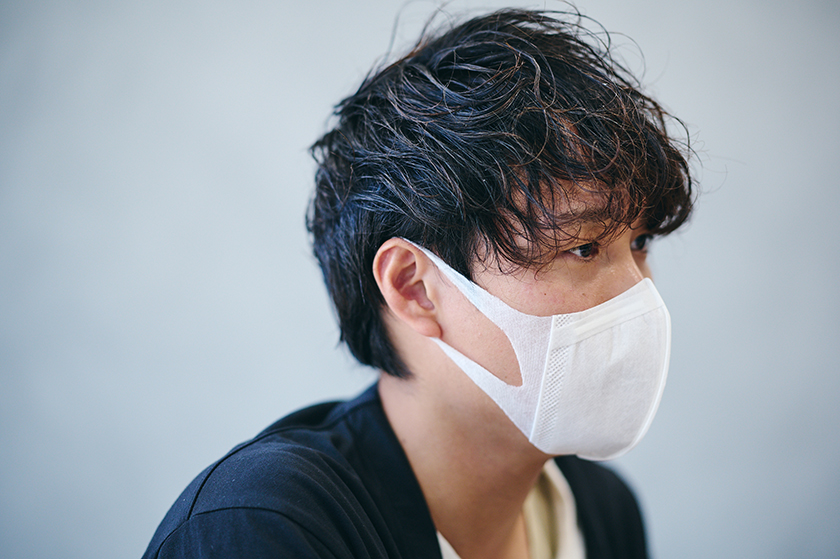
The other was a collaboration with Detective Conan, a project held at Nagoya Castle from the end of March to the middle of May. According to Suga, the project manager, they learned that SARF could be an effective way to collaborate with other content.
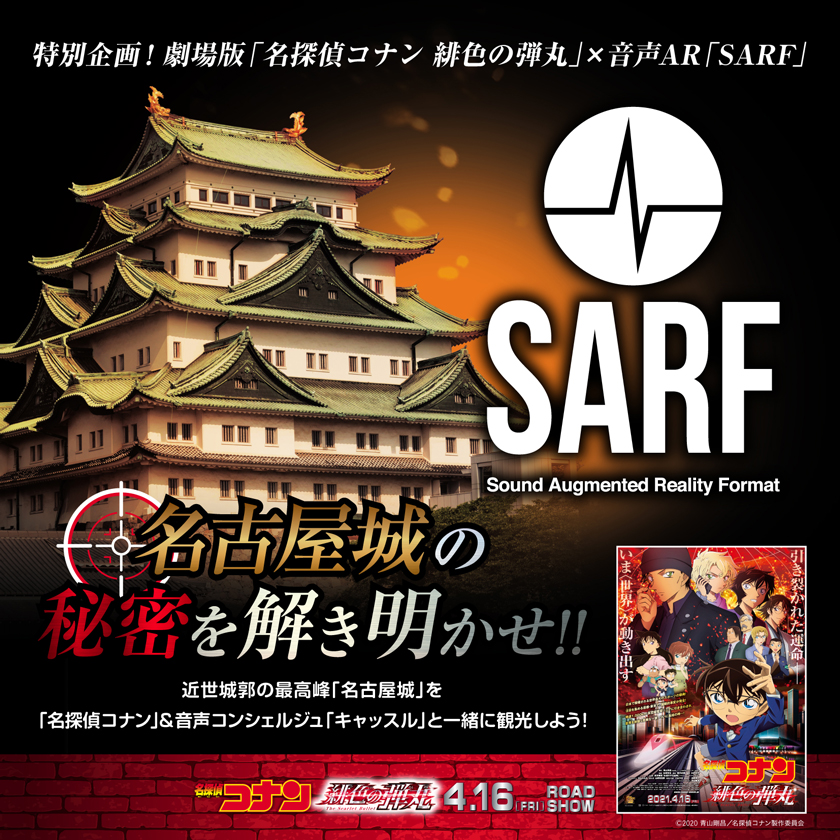
Suga: "Originally, our partners in Nagoya wanted to bring excitement to the castle, and was looking for a way to offer an unprecedented tour. So naturally we proposed our audio AR."
Suga says that the movie "Detective Conan: The Scarlet Bullet", which premiered in April this year, was made possible thanks to this project, and Nagoya castle as its stage.
Suga "Specifically, we set up audio quizzes at some of the 18 spots throughout the castle grounds, so that participants could solve them as they walked around. The key here was that we asked Minami Takayama, the voice behind Conan, to do the dialogue. Of course Conan didn't appear visually at the quiz spots, but his voice was, which gives a heightened sense of immersion. Not only is this a signature feature of SARF, at the same time, being strictly audio, there is no need to change, or worse, ruin the physical scenery and feeling of the location. This makes it easy and low risk for the local content providers and customers to give the platform a try, another merit that I think we've proven."
Based on their track record, Suga believes that the possibilities for collaboration with a wide variety of IP and content, such as anime and artists, are expanding.
Suga "With Avex Pictures, we can also create sub-stories with animations we develop, not to mention using SARF to create content for sacred pilgrimages. It can also be used to liven up artist events, as well as announcements of regulations at event entrances and exits. Avex has a lot of content, so we want to increase the number of opportunities to collaborate internally with SARF."
What we want from audio AR is,
multiple points of
view and multi-layering
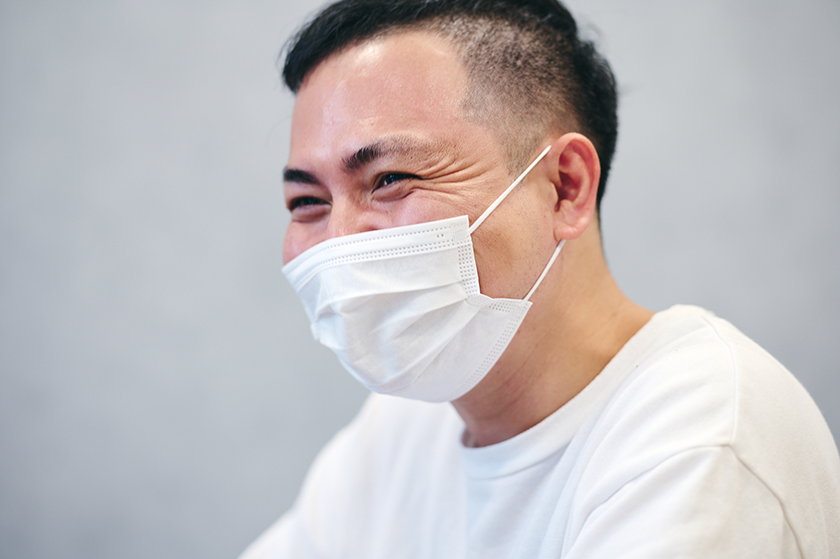
To increase perspective. This is another signature feature of audio AR, says Watanabe.
Watanabe "In the case of Nagoya Castle, we were able to create a different experience for children and adults. If we continue these efforts, we will be able to add value to tourism assets in every region tailored to the relative generation, values, season and even time of day. If you want to create concrete content with different perspectives, for example, at a castle, you can use this type of AR to express both the defending side and the attacking side. The same goes for, say, Sekigahara. If you prepare content that gives the viewpoints of Ieyasu Tokugawa and Mitsunari Ishida, you can enjoy the same spot more than once. Another one of SARF's strengths is that it's easy to deploy."
What was your experience during the pandemic these past two years?
Watanabe "Since is something you can enjoy solo, we were able to operate without any problems. With audio AR, you're able to control crowd density, both time-wise and location-wise. In that respect, we were able to demonstrate its use as a solution in any era."
In the age of information overload, it is a very fresh attempt to be able to produce a new form of entertainment in augmented reality using sound. Furthermore, we are able to understand its potential as a sustainable form of entertainment via multi-perspective and multilayered content. To end the interview, we asked each of them what they hoped to achieve in the future with SARF.
Suga "At the moment, I explain the incredible diverse ways there are to enjoy audio AR, but I still almost always get "So there's no visual?" as a reply. So I want to show through SARF that audio AR is easy to enjoy."
Yamashita "In the context of XR, I want to reconstruct the infrastructure of sound and, consequently, the values surrounding sound. So you know the philosophy behind "Mono no aware," right? (A Japanese term for the awareness of impermanence of things and both a transient and gentle sadness or wistfulness at their passing, as well as a longer, deeper, gentle sadness about this state being the reality of life) You could write a fat novel about this philosophy if you wanted to. Basically, even if, say, everyone hated the rain, there's still a certain pleasant and comforting sound to it. It's this side of things that we hope to convey with SARF..."
Watanabe "Through SARF, we will achieve the essential mission of a record company, which is to increase opportunities to listen to music. That is one of our major missions. On the other hand, personally, I would like to take a stab at creating and shining a light on the multiple viewpoint, multi-layered aspects of daily life through XR. For example, I would like to be able to travel all over Japan as a NINJA at the push of a button, or make this entertainment so magnificent yet familiar that everyday life itself becomes the stage of content."
Another example of SARF being implemented was realized recently; as a tourist guide for the old town part of Hakata, Fukuoka City. An audio drama was launched on November 25, 2021 which allows visitors to tour 43 spots while completely immersed in audio storytelling provided by the app. In this way, SARF will steadily promote new initiatives with local governments.

In response to the future of XR, which tends to be seen as hardware heavy—including gadgets such as eyewear—SARF is trying to establish a new style of AR entertainment that relies on only audio. It is a journey to prove that narrowing down the senses is more effective for the expansion of imagination, at the same time, it is a story, a deeply immersive attempt by a willing and able Avex who has valued sound for many years. We hope the day will come sooner than later when the SARF they talk about becomes a joyful experience for the masses.
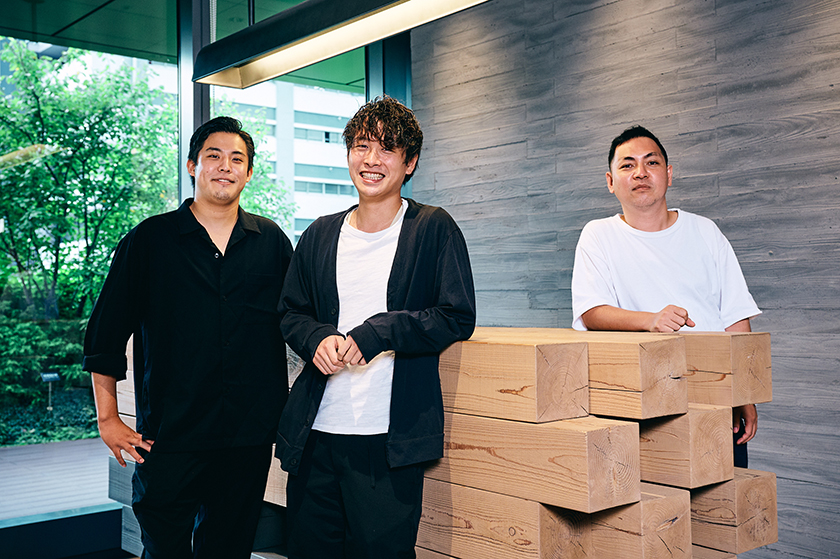
(Photo:Left)
Avex Entertainment Inc.
Taishi Yamashita
(Photo:Center)
Avex Entertainment Inc.
Toshiki Suga
(Photo:Right)
Avex Entertainment Inc.
Hirokazu Watanabe



